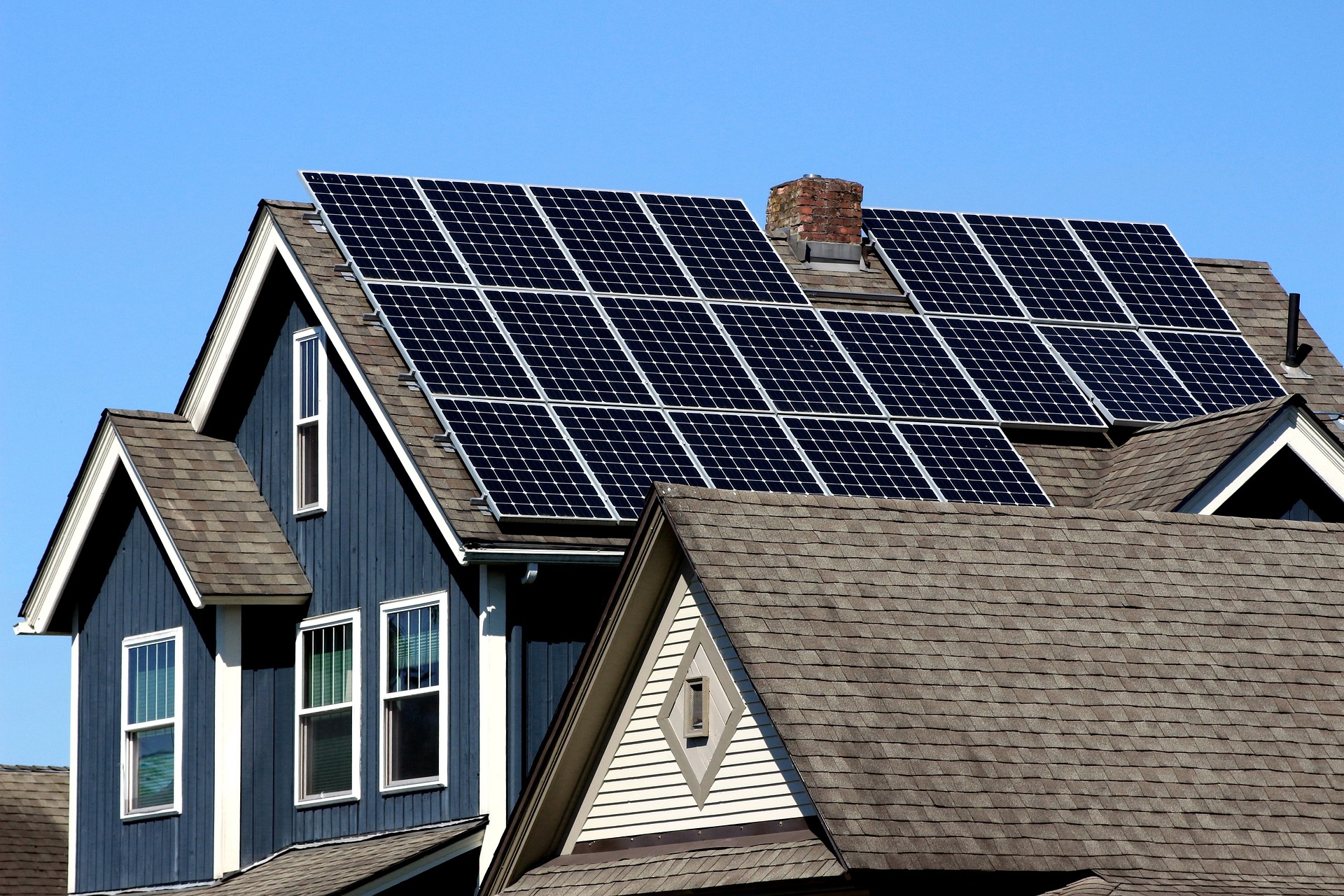The Tiny House Revolution: Embracing Minimalist Living for Sustainability and Affordability
The tiny house movement has gained significant traction in recent years, offering a compelling alternative to traditional housing options. These compact dwellings, typically ranging from 100 to 400 square feet, embody the principles of minimalist living while addressing concerns about affordability and environmental impact. As more people seek ways to simplify their lives and reduce their ecological footprint, tiny houses have emerged as a practical and appealing solution.
How does minimalist living align with the tiny house concept?
Minimalist living is at the core of the tiny house philosophy. By downsizing living spaces, residents are encouraged to prioritize their possessions and focus on what truly matters. This approach often leads to a more intentional and less cluttered lifestyle. Tiny house dwellers report feeling liberated from the burden of excess belongings and the associated maintenance. The minimalist mindset extends beyond physical possessions, often inspiring a reevaluation of personal values and priorities.
What are the environmental benefits of tiny houses?
Tiny houses offer significant environmental advantages compared to conventional homes. Their smaller size requires fewer building materials, reducing resource consumption and waste during construction. Additionally, tiny houses typically have a lower energy demand due to their compact nature, resulting in reduced heating, cooling, and lighting needs. Many tiny house designs incorporate eco-friendly features such as solar panels, composting toilets, and rainwater collection systems, further enhancing their sustainability credentials.
How do tiny houses contribute to affordable housing solutions?
One of the most compelling aspects of tiny houses is their potential to address housing affordability issues. The lower construction costs and reduced utility expenses associated with tiny homes make them an attractive option for individuals and families seeking more affordable housing alternatives. In many cases, tiny houses can be built or purchased for a fraction of the cost of a traditional home, allowing for greater financial flexibility and reduced debt burden.
What challenges do tiny house dwellers face?
While tiny houses offer numerous benefits, they also present unique challenges. Zoning regulations and building codes in many areas are not yet adapted to accommodate tiny houses, creating legal hurdles for potential residents. Storage limitations can be a significant adjustment for those accustomed to larger living spaces. Additionally, some people may find the close quarters challenging for long-term living or when hosting guests. It’s essential for prospective tiny house dwellers to carefully consider their lifestyle needs and preferences before making the transition.
How has the tiny house movement influenced sustainable living practices?
The tiny house movement has had a ripple effect on sustainable living practices beyond just housing. It has inspired a broader conversation about consumption, environmental impact, and the quality of life. Many tiny house enthusiasts have embraced complementary practices such as minimalism, zero-waste living, and energy conservation. This holistic approach to sustainability has influenced design trends, consumer behavior, and community planning initiatives, contributing to a growing awareness of the importance of reducing our overall environmental footprint.
| Tiny House Type | Average Size (sq ft) | Typical Cost Range | Key Features |
|---|---|---|---|
| Foundation-Based | 200-400 | $30,000 - $60,000 | Permanent location, traditional utilities |
| On Wheels (THOW) | 100-300 | $40,000 - $80,000 | Mobile, off-grid capabilities |
| Prefab/Kit | 150-300 | $20,000 - $50,000 | Quick assembly, standardized design |
| Custom Built | 100-400 | $50,000 - $100,000+ | Personalized features, high-end finishes |
Prices, rates, or cost estimates mentioned in this article are based on the latest available information but may change over time. Independent research is advised before making financial decisions.
The tiny house movement represents a significant shift in how we think about housing, sustainability, and personal priorities. By embracing minimalist living in small, efficient spaces, individuals can reduce their environmental impact, achieve greater financial freedom, and focus on experiences rather than possessions. While challenges remain, the growing popularity of tiny houses suggests that this innovative approach to housing will continue to shape discussions around sustainable and affordable living options for years to come.







